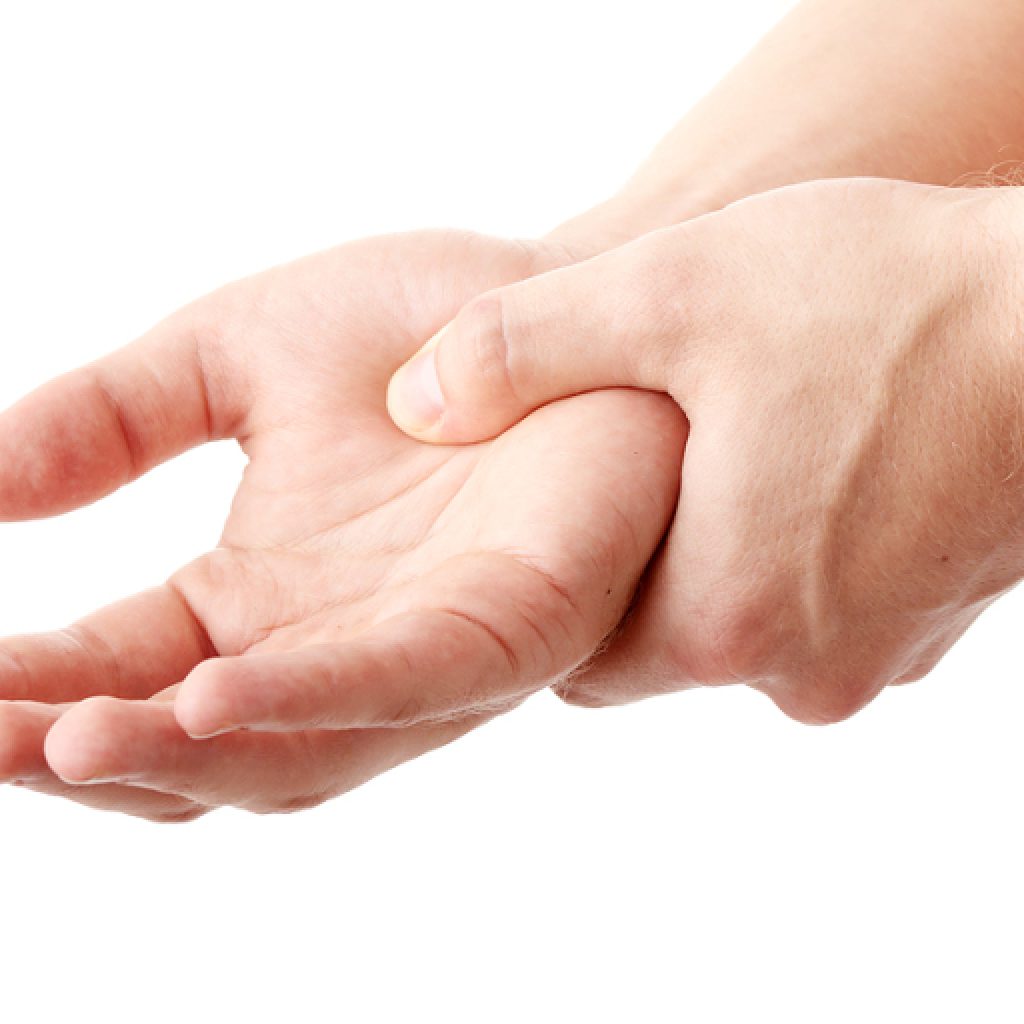Hand Tendon Surgery

What is tendon injury?
Tendons are tissues that connect muscles to bone. When muscles contract, tendons pull on bones, which controls movement of the hand, e.g. fingers.
The hand comprises of two groups of tendons:
Extensor tendons – These tendons run from the forearm, across the back of the hand to the fingers and thumb, which facilitates the straightening of the fingers and thumb.
Flexor tendons – These tendons are found on the palm side that facilitates bending of the fingers.
Causes of tendon injury
Muscles and tendons can tear through overloading, e.g. lifting too much or can be cut or crushed from outside. This can lead to loss of normal hand movements.
Tendon injuries are commonly caused by:
- Sports injury – Contact sports such as football, wrestling or martial arts can cause flexor tendons to be overstretched and ruptured. Even activities that involve a lot of extensive gripping like rock climbing can cause tendons to be pulled off the bone.
- Cuts – Accidental cuts across the back or palm of the hand can also lead to tendon injury.
- Bites – Animal or human bites using teeth can cause injury to the tendons.
- Motor Accident – Crushing the hand in the car accident can easily lead to tendon damage.
- Crushing Accident – Ramming a finger in a door will cause tendons to rupture.
- Health Conditions – Rheumatoid arthritis weaken the flexor tendons and make them more likely to tear.
What are the symptoms of tendon injury?
Common signs of a tendon injury include:
- Inability to bend or straighten one or more fingers
- Experience pain when trying to bend a finger
- Swelling of the hand
- Numbness in fingertip
- Open injury due to cut
How is the diagnosis made?
A physical examination will be conducted where the hand specialist will ask questions about the patient’s injury to find out the cause of damage. The patient will be asked to move the local joints and this active movement will be compared with a passive movement, i.e. getting someone else to move the patient’s hand. This will help to determine the extent of the damage.
What tests are needed?
In milder cases of tendon injury, no tests are required. In most cases, an x-ray will be needed to confirm the diagnosis and determine the severity of the damage. The x-ray test will also show if there is any further damage to the bone.
Cut tendons require surgery to heal. During tendon surgery, an incision will be made in the injured hand to locate the ends of the divided tendon, and stitching them back together.
How is tendon surgery done?
Extensor tendons are easier to repair as compared to flexor tendons. Depending on the type of injury, local anesthetic may be sufficient to numb the affected area.
However, flexor tendon repair usually needs to be carried out under general anesthetic by an experienced plastic or orthopedic surgeon. This is due to the difficulty to the fact that flexor tendons are harder to reach and are mostly located near important nerves.
How does surgical treatment help?
Both types of tendon surgery require rehabilitation and can take up to 2 months for recovery. This is because the repaired tendons will be weak until the ends bind together during the recovery process.
During rehabilitation, tendons should be protected with a hand splint to provide support and hold the hand securely to prevent excessive movements. Physiotherapy with appropriate hand exercises should be done regularly to prevent the repaired tendons from sticking to nearby tissue.
Light activities can be resumed after 6-8 weeks while heavy activities and sports after 10-12 weeks from surgery.
To seek professional opinion, contact the hand specialists at Hand Surgery Associates.


